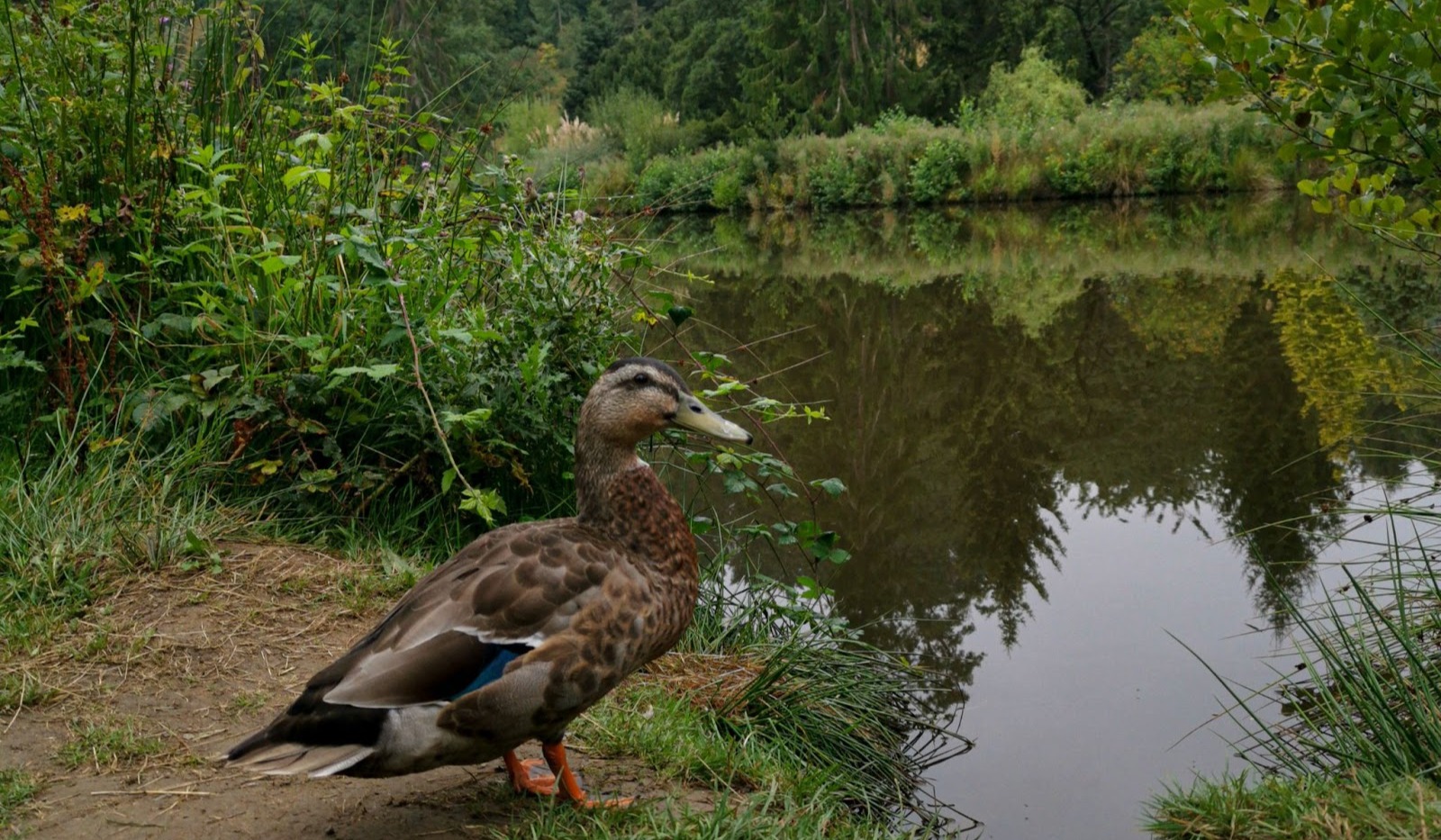By Paddy Terry, Partner Success Manager
The concept of natural capital is to be a key part of UK Agriculture’s evolution, presenting farms with an opportunity to make change now.
Unless you’ve been isolating under a rock of late, you will have heard the agricultural industry discussing the period of immense change the sector is set to undertake. A key aspect of the discussion surrounding UK agriculture's evolution is natural capital, the value attributed to our natural assets - our soils, trees, water, and ecosystems.
Building natural capital through sustainable practices can bring huge environmental benefits, such as improving biodiversity, water and air quality, sequestering carbon, and reducing greenhouse gases. Naturally, with 70% of UK land being farmed, farmers are in the middle of this debate - adding to the surmounting pressures this period of change is already bringing.
For the vast majority of UK farms, building natural capital requires land-use change - converting less productive farmland into natural assets through methods such as planting forestry, building wetlands, or restoring peatland.
Among the growing challenges faced by farmers, natural capital presents a real opportunity. As we know, area-based subsidy payments, on which so many UK farms depend, are on the way out - being replaced by the ELM Scheme.
This scheme is likely to help recuperate some of the loss from the subsidy shift, but for most, is unlikely to achieve anywhere near the same level of funding. The monetisation of natural capital is almost a certainty in the near future, whether it be through carbon credits, carbon offsetting, or some other form.
The recent report presented by the Green Alliance at the Oxford Farming Conference is an excellent summary of the likely impact of this policy implementation for British farms across differing soil, production types and economic situations.
We would summarise the practical steps farmers and advisers can take now as:
- Baseline your farm finances - do the basics, do a budget, understand what is driving profit or loss on the farm.
- Examine different options for the future - knowing that natural capital and carbon funding will not replace the level of current funding (the OFC report suggests this will be around half), so the business model for farming needs to change, but the impact at a local level can be more or less profound. Forewarned is forearmed.
- Keep an eye on the emerging carbon measurement and markets - with recognition that this practical market is at an early stage but being engaged will assist being ready when the opportunity arises.
- Having a view of the changes you can make on the farm - and aligning your plan to this. Thinking about investing in equipment with an eye on the future, considering preparing for land use changes etc. This is about transition, not overnight change.
Figured lends itself well to this opportunity, with the ability to quickly and accurately assess the profitability of farm enterprises, and an array of planning tools to forecast future scenarios.
We’re already seeing UK farms and their advisers starting to plan for potential land-use changes for this very purpose. If you’d like to find out more about how Figured can help your farm or your client's farms, feel free to reach out for a chat.
This article originally appeared on cla.org.uk.


